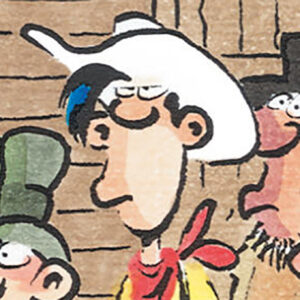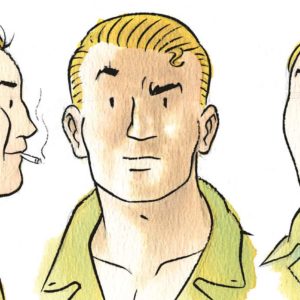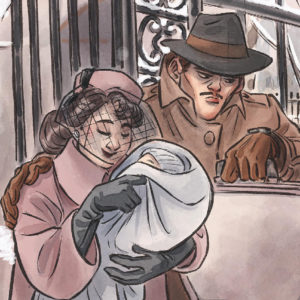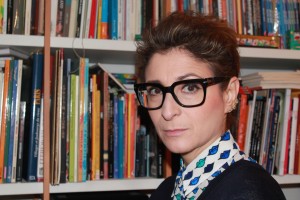 How did you decide to become a comics creator? And if you hadn’t done that, what other career do you think you would have chosen?
How did you decide to become a comics creator? And if you hadn’t done that, what other career do you think you would have chosen?
Creating comics has always come naturally to me. I have never been an avid comics reader, but when I decided I wanted to tell stories, using comics to do it seemed an obvious choice. When I am asked this question, I always reply that comics, to those who create them or work with them, are a sort of a mental illness. Everyone laughs thinking I’m joking… But I actually believe that. Comics are my pathology, my obsession. If I hadn’t worked in comics I would have certainly become a graphic designer, doctor or dentist.
What has influenced your work the most? Who would you name as your role model in comics?
Many authors have influenced my work. Hugo Pratt, for example. If I hadn’t read his Corto Maltese short stories, I would have never thought of writing my own. But also Guido Crepax, Dino Battaglia, Grazia Nidasio, Charles Schulz, Quino and Claire Bretécher, to name just a few… But, of course, my great point of reference, my point of arrival is, Ronald Searle.
Have you faced any challenges as a female artist in a male dominated industry?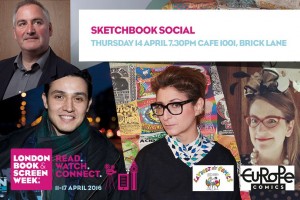
The world of comics has always been very masculin and chauvinist. I, however, have been raised a feminist and have always tried to keep going without allowing any sexist thoughts or attitudes to stop me. And maybe sometimes that has cost me a little too much… but I have always preferred to avoid complaining and keep going my own way as much as possible, you’d have to bind my hands and legs to stop me!
What are your thoughts on digital comics?
I think digital brings huge and creative possibilities. But I think we need time to learn to take full advantage of it, as is the case with any new and evolutionary language system. I love paper and traditional books, I’m a collector. But I think that the e-book could be another way to go. I don’t think one excludes the other. And I think digital technologies are yet another stimulus for reading.
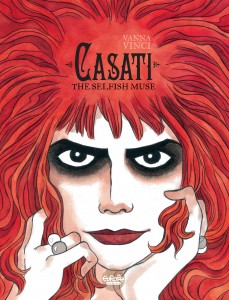 Tell us a bit about Casati. What’s the story behind the book? How did you come up with the idea and what was the process of creating it like?
Tell us a bit about Casati. What’s the story behind the book? How did you come up with the idea and what was the process of creating it like?
Casati is my guardian muse. I saw her for the first time in 2005 at a Giovanni Boldini exhibition, in her stunning portrait with the peacock feathers. I was bewitched by that woman with those magnetic eyes and unbelievable looks. I started looking for material about her, without thinking of making a book. I was just very curious. Then I pitched the idea to Dargaud and it has been just magnificent working on her life and looks. As usual I asked myself in the very beginning whether or not I should be telling her story in the first person, but then I realized that this would be the wrong choice, as she spoke very little and her only objective was to display herself and to astonish, as a true ‘protoperformer’. So I decided to make a sort of a documentary, in which those who knew her or met her described this extraordinary persona and her life. This way, at the end of the day, the divine marchesa would remain wrapped in eternal mystery and legend.
Vanna Vinci will be with Europe Comics in London April 12-14. More details here.
Read a review of Casati: The Selfish Muse.
